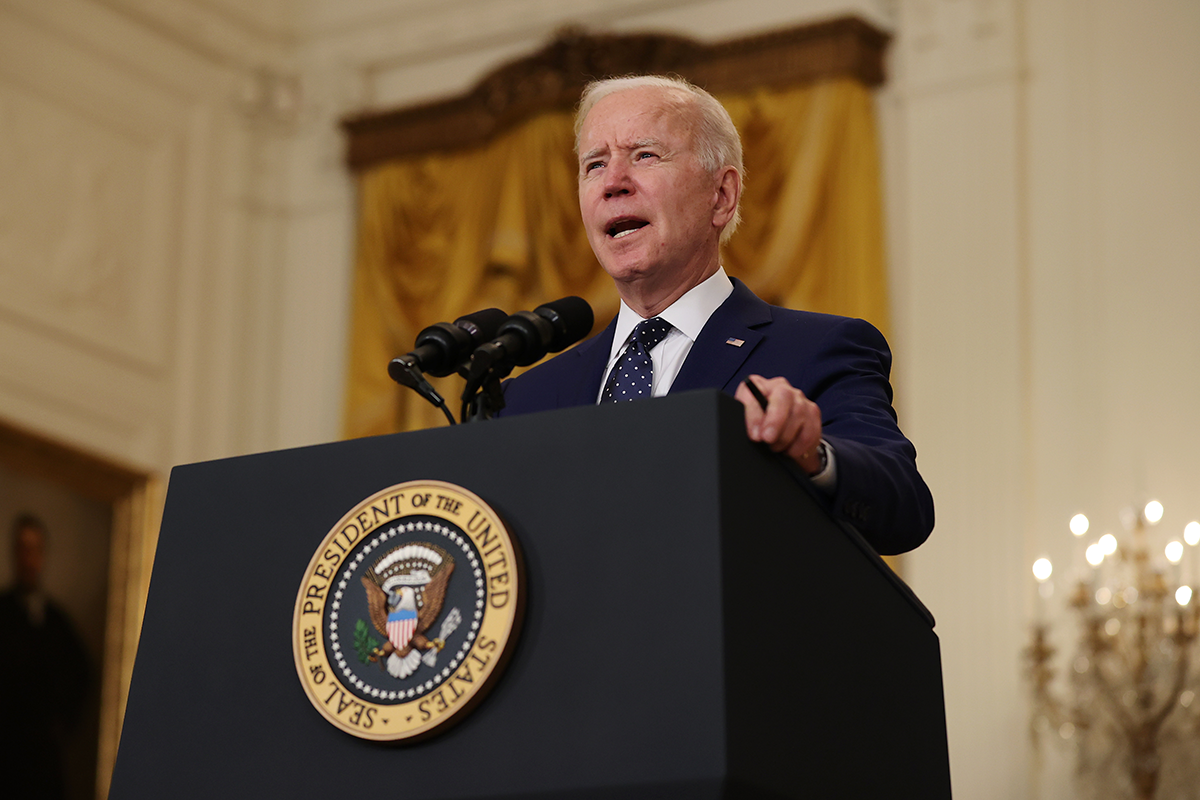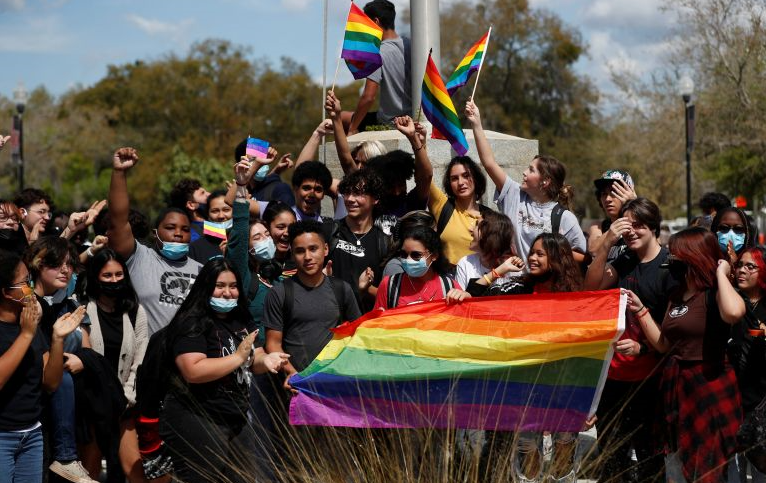Why Public Pools Construction Declined in America
Growing up in Louisville, Kentucky, Gerome Sutton eagerly awaited the weekends when he could swim at Algonquin Park pool. Recalling those days as the “best time of the week,” Sutton, now 66 and a local minister, cherishes the memories of swimming with his siblings at the desegregated Algonquin outdoor pool, a symbol of progress in 1955.
Public pools have played a vital role in American culture for decades, but as climate change intensifies, they have taken on a crucial public health function, especially given that extreme heat poses a greater threat to Americans than any other weather-related disaster.
Paradoxically, just as public pools have become more essential, they seem to be vanishing from communities. The declining availability of public pools has affected Americans who lack private pools or cannot afford country club memberships or YMCA access. Factors like historical segregation, privatization, and dwindling public recreation budgets have contributed to the scarcity of accessible swimming facilities in many cities.
For instance, Louisville, which once had 10 public pools, now has only five, leaving many residents, particularly those from Black and middle-to-lower-income households, without convenient access to water during sweltering summers. The decline of public pools has had far-reaching consequences, affecting not only leisure activities but also opportunities for children to learn how to swim, communities to gather and socialize, and seniors to stay active and engaged.

Historically, public pools were emblematic of modern leisure and pleasure, but racial tensions escalated with desegregation, leading to violent incidents and even the closure of some pools in defiance of integration efforts. Additionally, the privatization of recreation and the shift towards private swim clubs in the suburbs further contributed to the decline of public pools.
The challenges faced by public pools continue to persist, as lifeguard shortages and underfunded recreation departments strain their maintenance and operation. Budget constraints often result in cuts to parks and recreation agencies, impacting public pool facilities. Moreover, as cities allocated resources for private and non-profit pools, the needs of underserved communities often go unmet.
The struggle for pool access has historical roots, with civil rights groups advocating for equal recreational opportunities. Although some progress has been made, private pools and swim clubs have proliferated, while public pools remain underfunded. To address this disparity, some cities have initiated funding programs to provide free summer passes to private facilities. However, transportation issues and limited availability still hinder equitable access to water-related activities.
Communities, like those in West Louisville, are advocating for year-round indoor swimming pools with water safety classes and fitness programs to ensure long-term access to swimming facilities and opportunities for skill development.
For many, learning to swim has been life-changing, instilling confidence and eliminating the fear of drowning. Efforts are underway to address the demand for swimming lessons in Louisville, exemplified by a significant waitlist of adults eager to learn through a non-profit organization.
The plight of public pools in America reflects a complex interplay of historical, social, and economic factors, leaving many communities underserved and highlighting the need for equitable access to recreational opportunities for all citizens.




